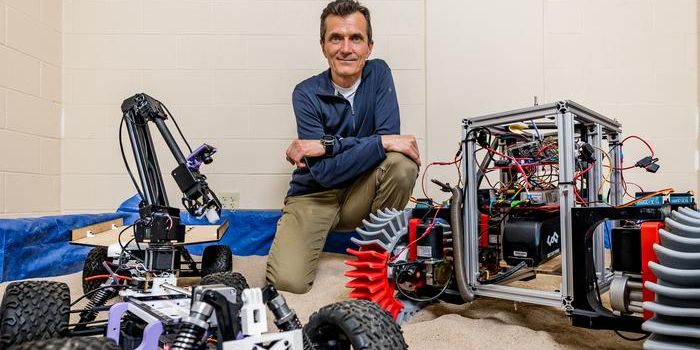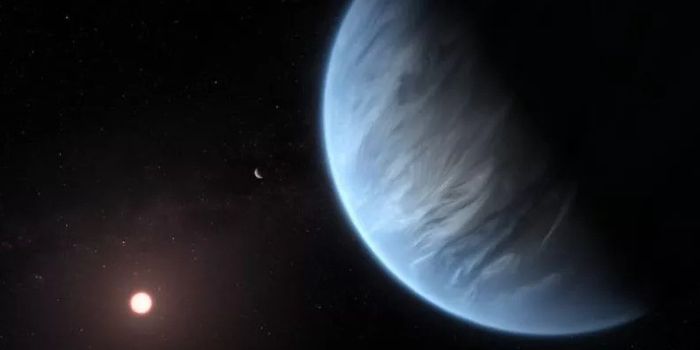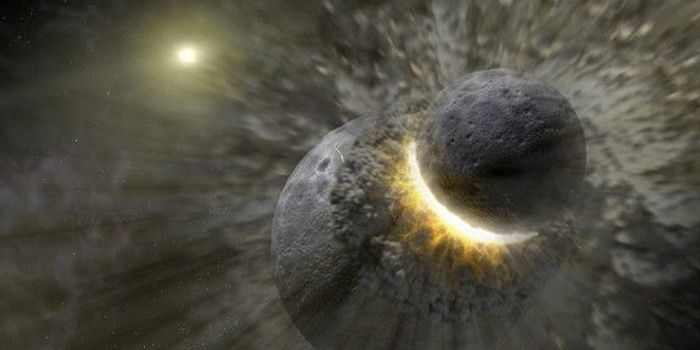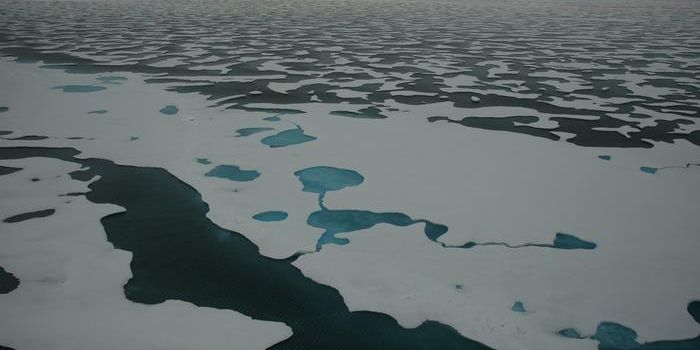How Earth's 2029 Approach Will Reshape Asteroid Apophis
What can the close flyby of the asteroid 99942 Adophis to Earth in 2029 teach scientists about the interiors of asteroids and other planetary bodies? This is what a recent study published in The Planetary Science Journal hopes to address as an international team of researchers investigated how the tidal forces between Earth and 99942 Adophis could provide key insights into the interior compositions of asteroids. This study holds the potential to help scientists develop new methods for studying asteroids, including sending lander missions to their surfaces.
For the study, the researchers used a series of computer models to simulate the tidal forces that Earth will be exerting on 99942 Adophis, with the latter having an estimated diameter of approximately 1,115 feet (! 340 meters). The goal of the study was to ascertain how much 99942 Adophis would deform, rotate, and produce seismic activity from the much larger Earth’s gravity. In the end, the researchers found that at closest approach to Earth (known as perigee), the internal cores of 99942 Adophis could reduce stress induced on the asteroid but will still likely experience deformity by a factor of 4.
The study concludes by stating, “The 2029 Apophis tidal encounter with Earth represents a unique opportunity to study a relatively large (D > 140 m), suspected rubble pile in the population of potentially hazardous asteroids. The natural experiment of the tidal encounter will happen regardless of whether there are spacecraft at Apophis, but having an in situ observer could provide a great wealth of information about the types of planetary objects closest to us in the solar system, as well as those that may represent future hazards.”
At its closest approach, 99942 Apophis is estimated to get approximately 20,000 miles (32,000 kilometers) from Earth, which is well inside the geostationary ring of satellites that orbit Earth.
What insight will 99942 Adophis give astronomers during its close flyby to Earth in 2029? Only time will tell, and this is why we science!
As always, keep doing science & keep looking up!
Sources: The Planetary Science Journal, NASA
Featured Illustration Credit: ESA-Science Office








